Sneakers Unboxed
Welcome to the Third Floor of the Sneaker Unboxed exhibition, which was on view in the museum from May 5 to October 16, 2022.
The sneaker has quickly become the most widespread design object in the world. The Sneakers Unboxed exhibition invites you to take a behind-the-scenes look at the shoe that brought technological breakthroughs, inspired new youth cultures and turned the fashion world upside down. You can read, hear and see all of this on this page.
- Music
- Article
- Book
- Designer
- From the exhibition
- Interview
- Podcast
- Video
- Tentoonstelling Van Bauhaus naar Mekka
- Tentoonstelling Vrouwen als technologie
- Exhibition Women as technology
- Tentoonstelling Screenwear
- Tentoonstelling BodyDrift
- Uit de collectie
- Collection
- Achtergrond
- GOTHIEK
- Industrie
- Subcultuur
- Tentoonstelling
- Tips
- Wind force 5
- Wind force 10
- Windkracht 1
- Windkracht 5
- Windkracht 10
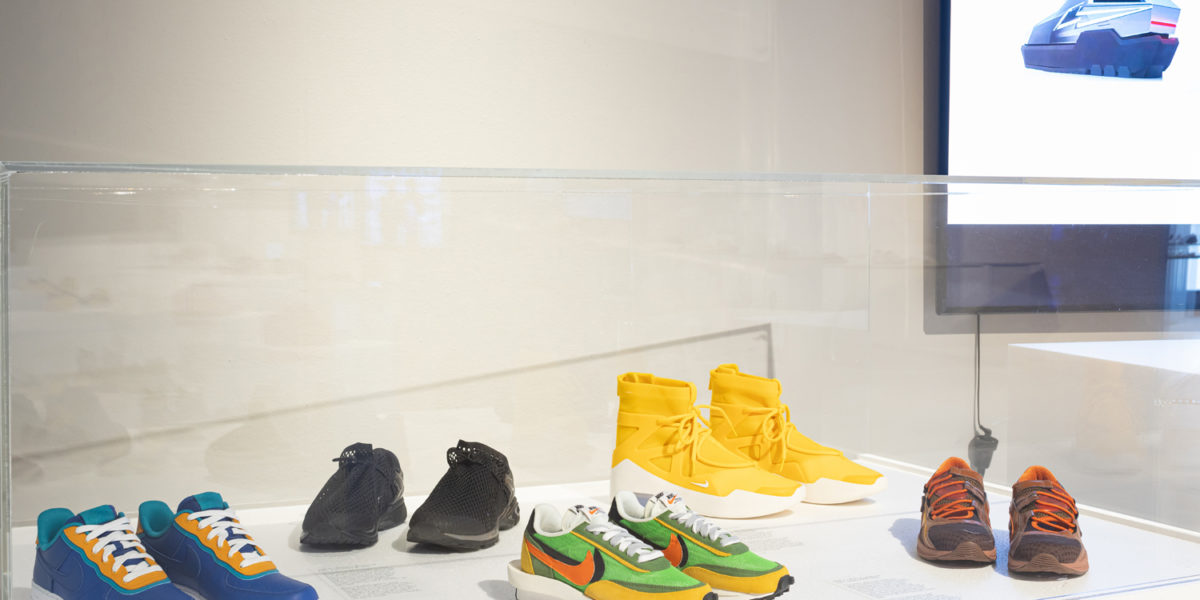
Sneakers…they sneak into your closet
Nancy Bocken is professor of Sustainable Business at Maastricht University. For the Third Floor, she interprets the impact of the fashion industry on the environment and she shares tips on how both the government, sneaker brands and sneaker lovers can make more sustainable choices.

At the intersection of sustainability and design
Shoes made from sustainable materials such as apple leather, mushroom leather and recycled rubber are increasingly seen as an alternative to animal leather. What is the potential and what are the challenges?

My shoes tell lies about my childhood
A reflection on Elisa van Joolen’s PORTAL 012 workshop, by writer Emma van Meyeren and photographer Nikola Lamburov.
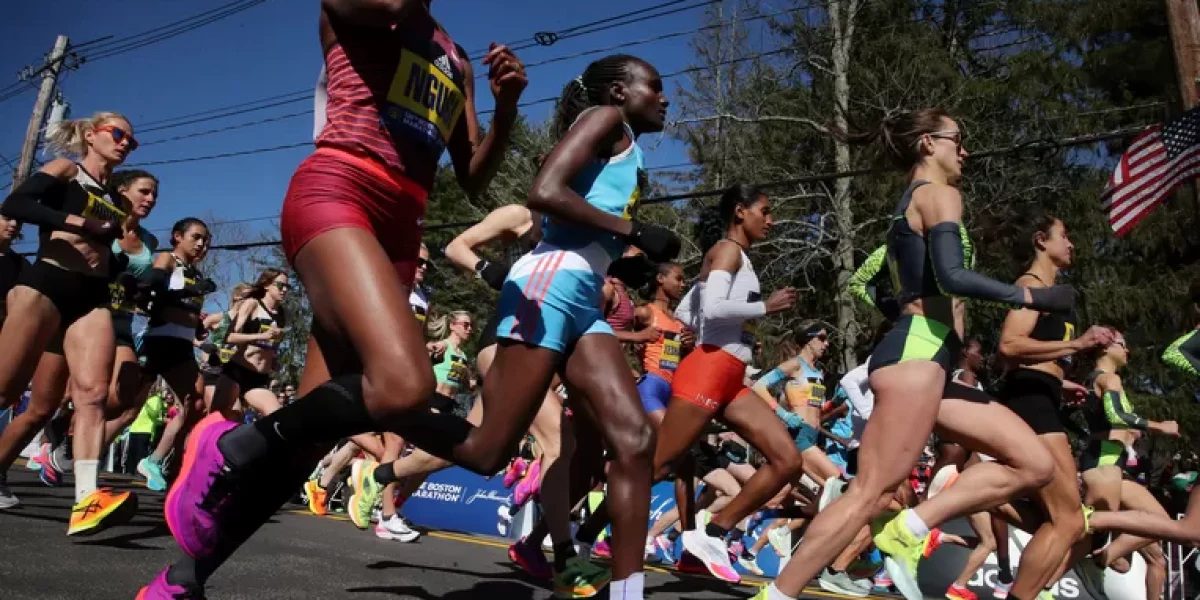
How our trainers are running the world into the ground
In een wereld waar het draait om minimale marges tussen winst en verlies, delft het milieu vaak het onderspit. Fabrikanten denken vooral in winst, niet in verlies en al helemaal niet in verlies voor de planeet. Dat geldt ook voor de maker van je hypermoderne stampers.
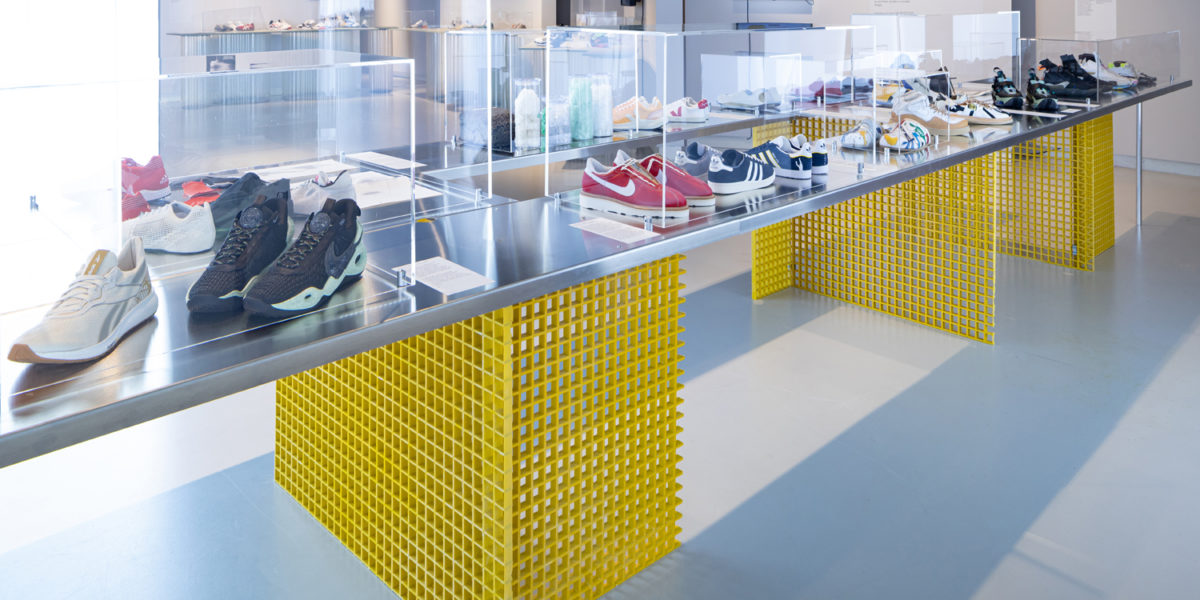
Durability and the wildly complex anatomy of a sneaker
Why are the CO2 emissions of sneaker production so high? And what can be done about it?
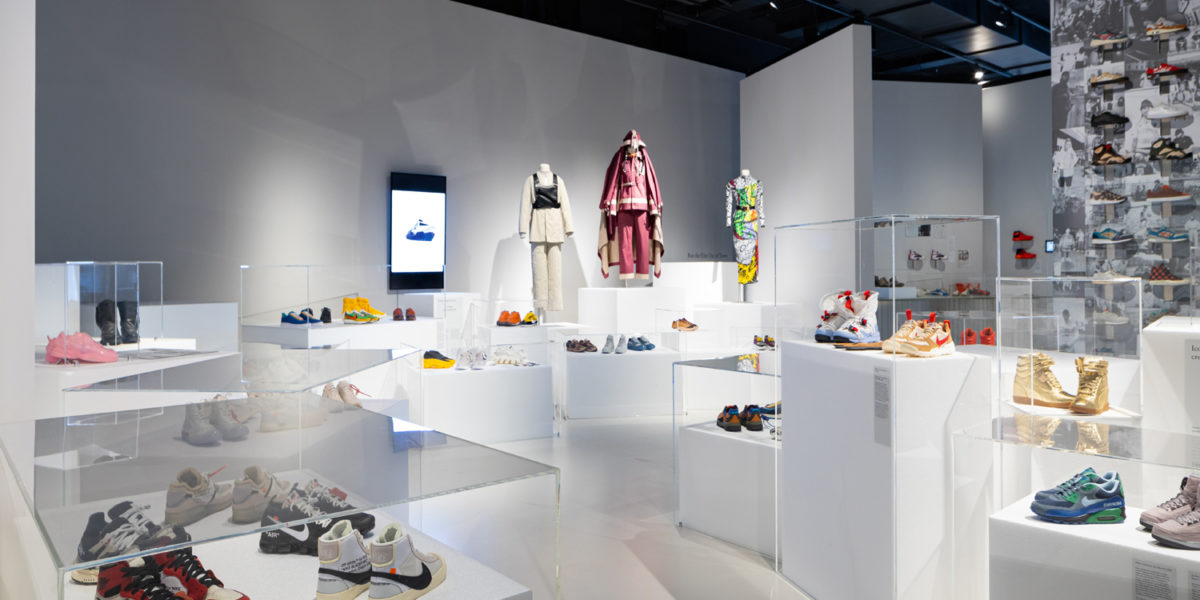
NFTs of virtual sneakers
Nike, Adidas and Puma, but also new brands are focusing on them: NFT sneakers, or virtual sneakers. Such a sneaker is a unique digital “non-fungible token” (NFT), a concept that is increasingly common in the art and fashion world. The digital shoe can be saved and later sold or worn by gamers in the metaverse…

Why Can’t Sneakers be Gender Neutral?
Titi Finlay is a London based content creator, sneakerhead and sneaker activist working. For the Third Floor she tries to answer the question: why can’t sneakers be gender neutral?
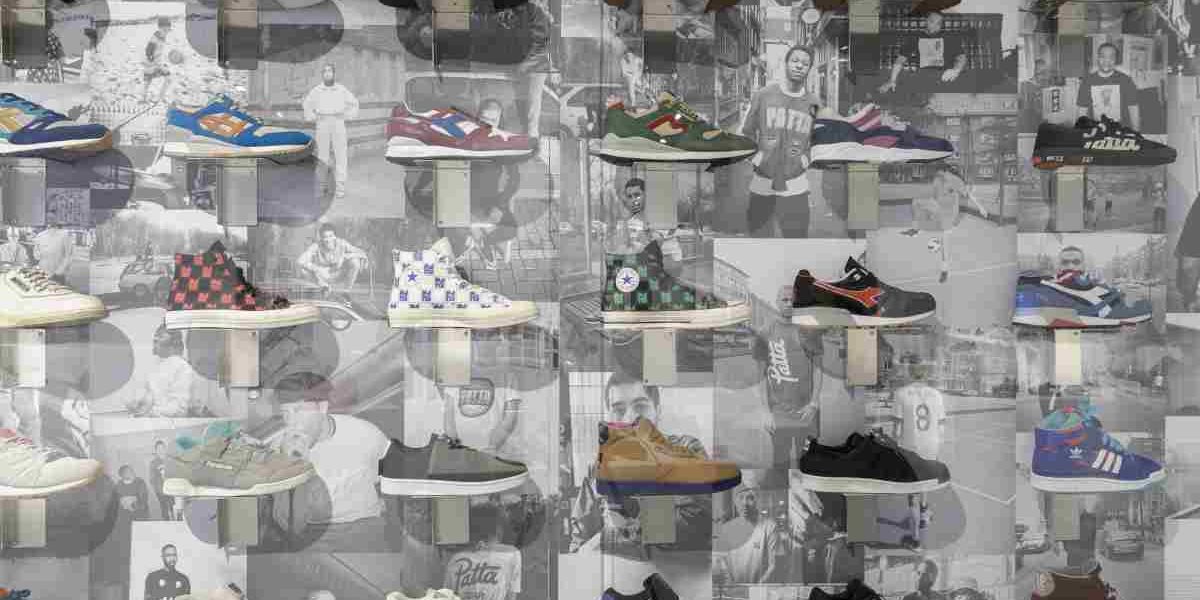
From the exhibition: Patta
Edson and Gee look back on the development of Patta with anecdotes about a number of sneakers and shoes.

Controversial sneakers
Some were banned, while others stir up very strong emotions, and then there are also lawsuits between makers and brands.
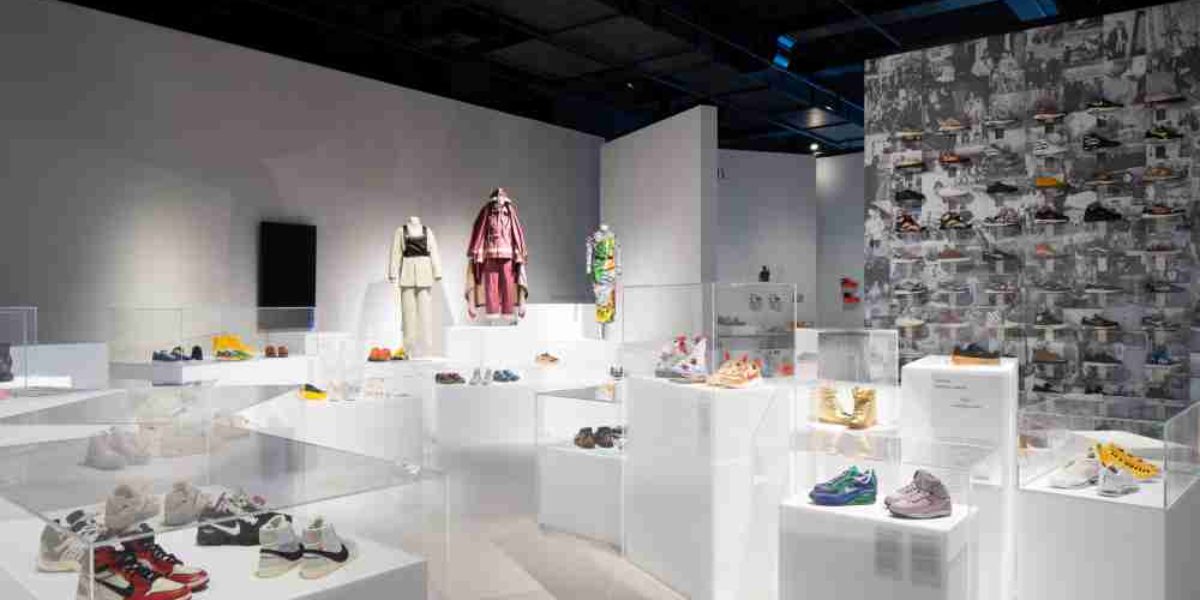
The exhibition design by Koehorst in ‘t Veld
Designers Janntje and Toon talk about the exhibition design, details and challenges.

Facts from the sneaker industry
The sneaker industry is vast. It has grown exponentially over the last two decades and shows no sign of slowing down. In 2021, for example, about 1.2 billion sneakers were sold worldwide which is almost double the amount of sneakers sold in 2012.
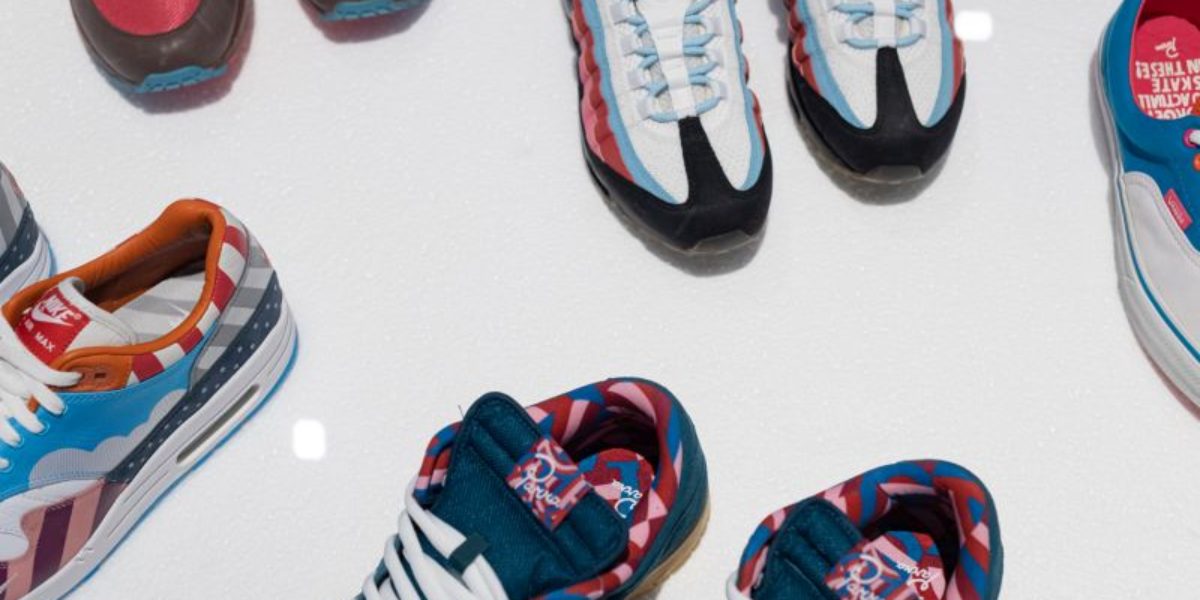
Sneaker Dictionary
In our sneaker dictionary you will find an overview of the most important, most used and sometimes just plain fun words.
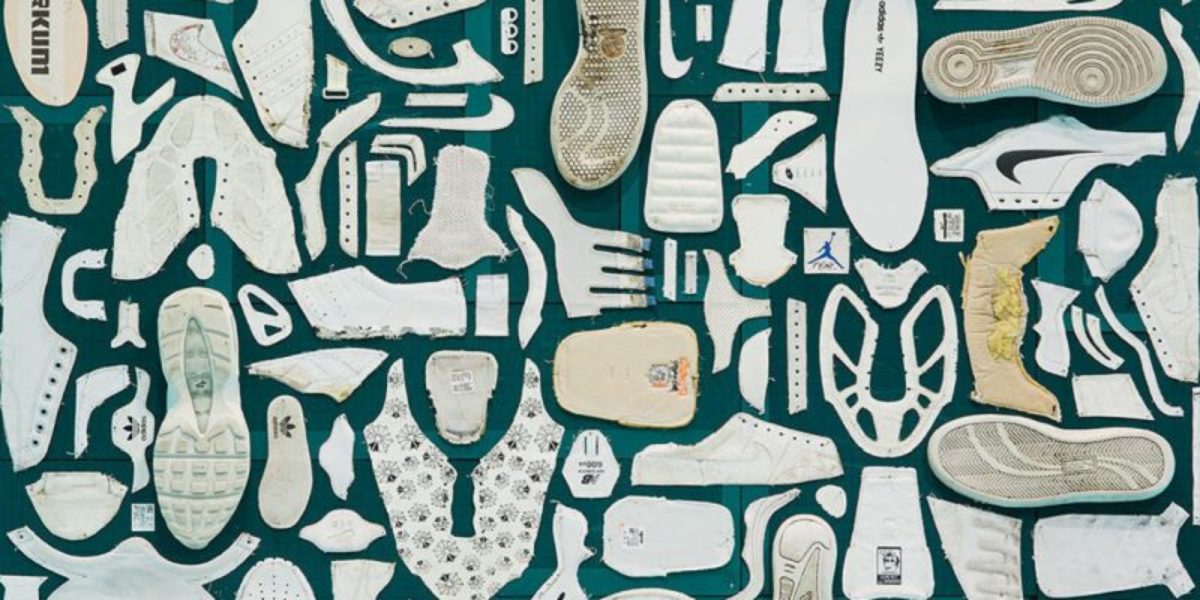
Sneaker Anatomy
Everyone can point out the sole of a sneaker, but what about the upper? Where is the mustache? And what do the eyelet and the aglet have in common? Find out in this sneaker anatomy.

Sneakers since the 00’s
Still the sneaker’s popularity remains undiminished, especially among young people. Worldwide subcultures keep adding specific models to their daily uniform.

Sneakers in the 90s
In the 1990s, the sneaker gained a foothold in the Netherlands thanks to gabbers and bubbling, but a unique way of styling the sneaker also emerged in London.
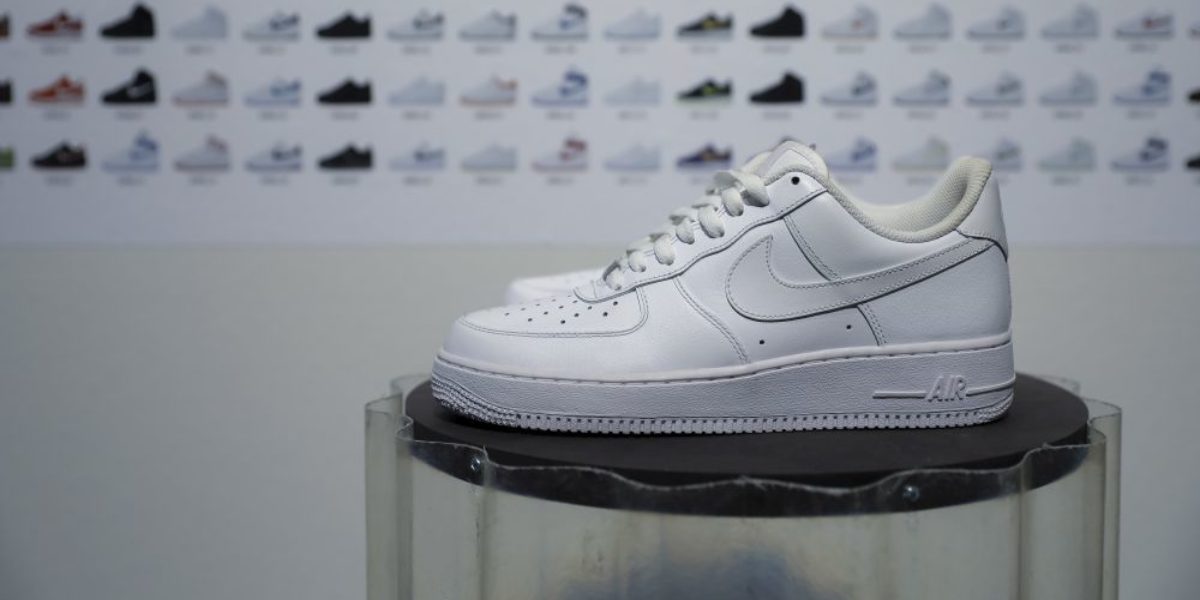
Sneakers in the 80s
When sneaker brands realized the popularity among young people, they tried to entice them by using musicians and athletes as role models.

Sneakers in the 70s
Sneaker culture has become ubiquitous thanks largely to the influence of young people from diverse inner-city neighbourhoods. They have been instrumental in elevating sneakers from pure sportswear to sought-after icons of style.
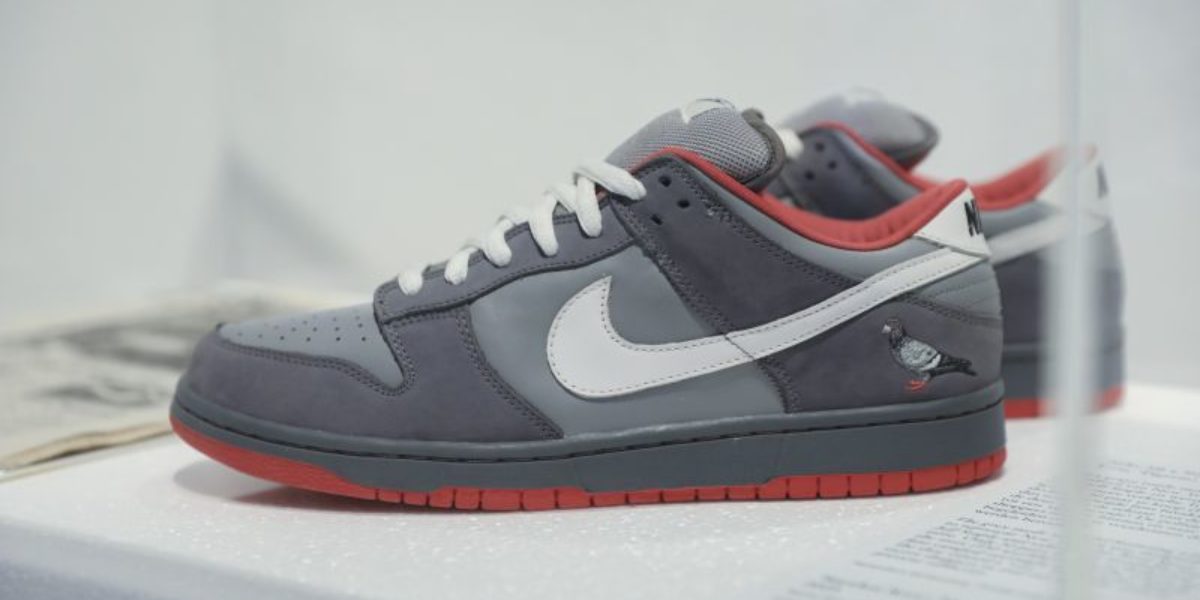
Dive Deeper into Sneaker Culture, Watch This
Nowadays, sneaker culture is a global phenomenon, but it was born locally, even before the rise of the internet. The series Sole Origins takes you to the cities that have had a great impact on this.
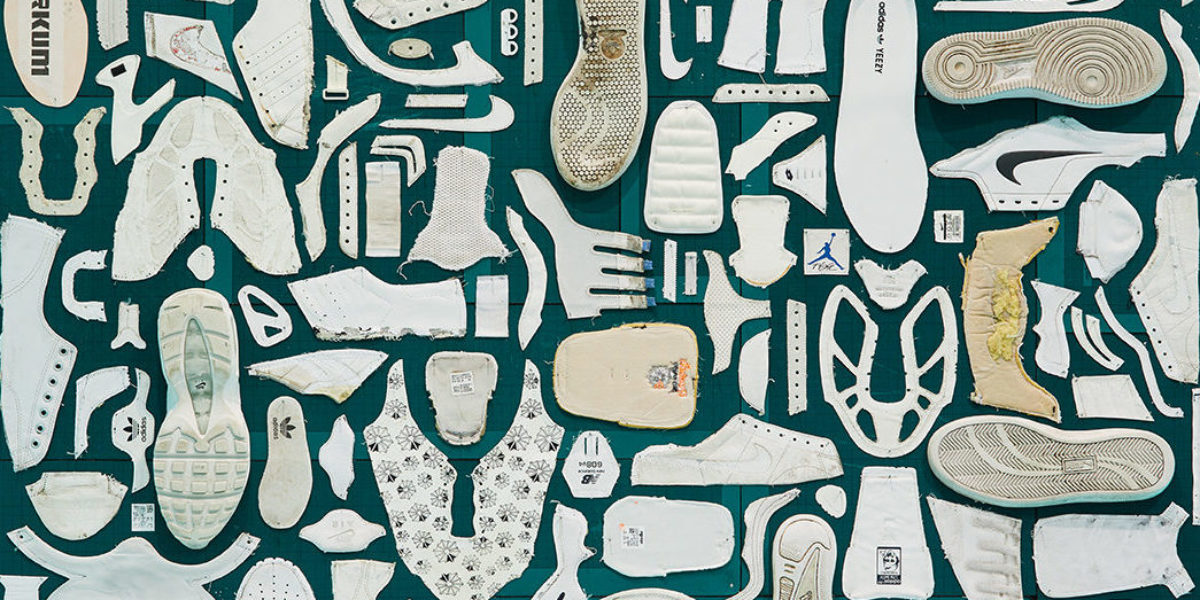
From the Exhibition: Introduction
Few objects are as universal or as diverse as the sneaker. Which is one reason why the sneaker has become the undisputed cultural symbol of our times, bridging culture, design, fashion, music and technology.
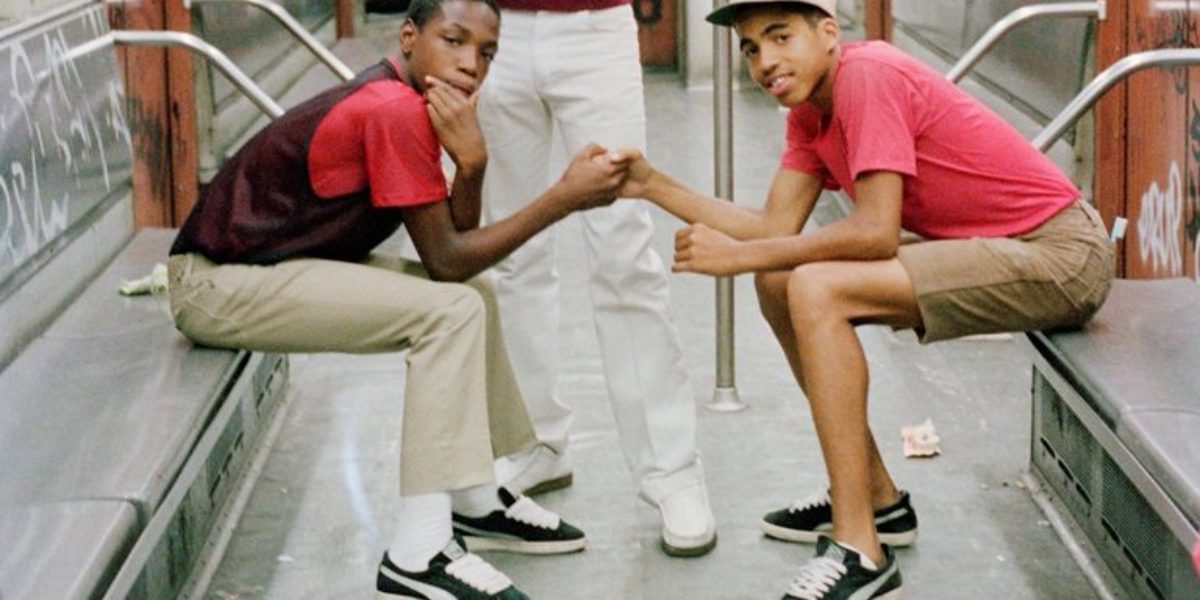
From the Exhibition: Style
Sneaker culture has become ubiquitous thanks largely to the influence of young people from diverse inner-city neighbourhoods. They have been instrumental in elevating sneakers from pure sportswear to sought-after icons of style.

From the Exhibition: Performance
Most sports shoes that we now consider groundbreaking arose from solving core design concerns, such as traction, fit, stability, cushioning and energy return can help to improve athletic performance.
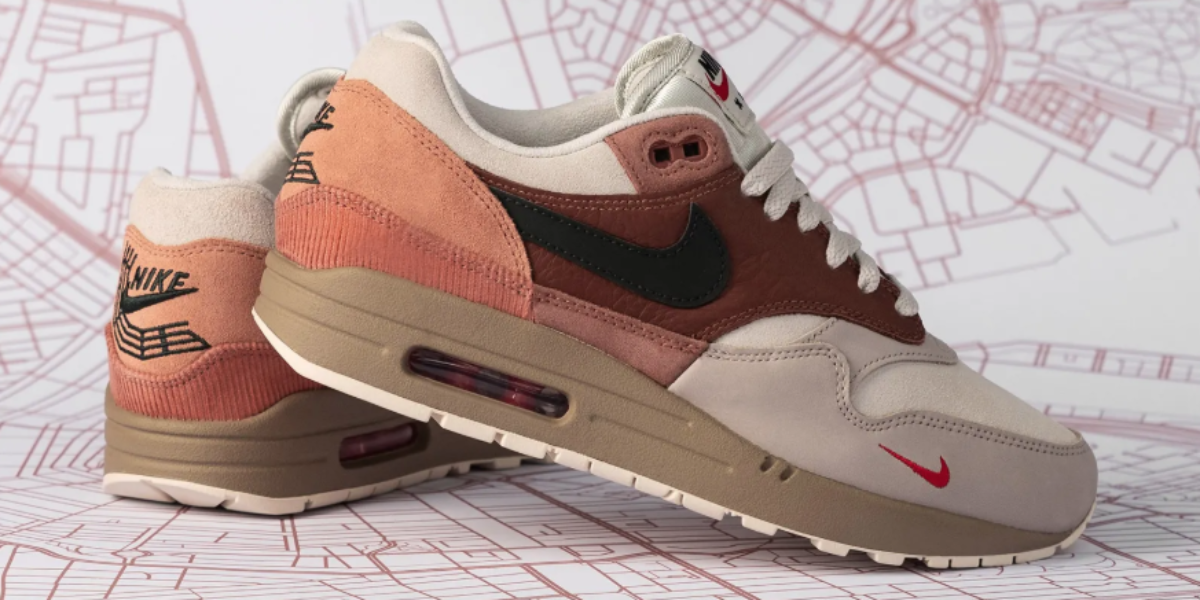
From the Exhibition: Tipping Point
In the 1990s major sports brands ventured outside their comfort zone, entering into exclusive partnerships with small retailers and progressive fashion designers.

From the Exhibition: Sustainability and Circular Design
The sneaker industry is environmentally damaging, but there are many hopeful projects to address these problems.
